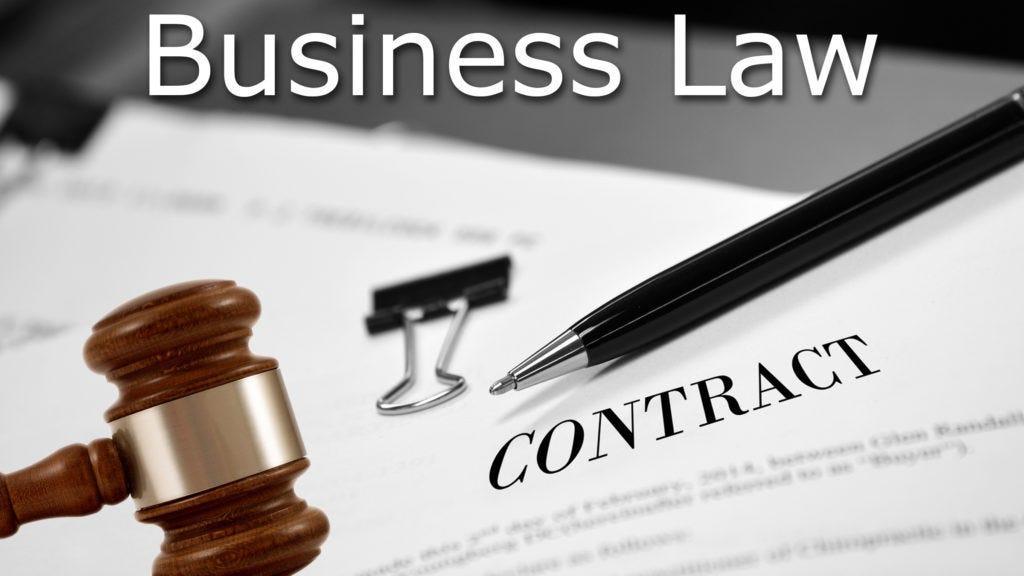
As a UX designer, are you designing for the sake of the consumer or genuinely looking to trick them into doing what you need them to do?
People test their smartphones a lot. One purpose for that is that, in a few ways, it’s a gamble. You test your smartphone and perhaps there aren't any notifications or perhaps there’s a 'purple blob'. Maybe someone’s preferred Facebook publish or someone’s 'saved' the Instagram image of your brunch or your pet.
Each time you get a notification, you sense happy: your mind releases a touch little bit of dopamine. So you wait for a touch at the same time as and also you test your smartphone again, hoping for the identical result and reinforcing the addictive conduct loop.
This isn’t an accident. Many present-day merchandises, in particular in social media, are designed to be addictive. In Hooked: A Guide to Building Habit-Forming Products, psychologist Nir Eyal proposes the Hook model: "The Hook Model — a four-step manner that, while embedded into merchandise, subtly encourages client conduct. Through consecutive 'hook cycles,' those merchandise deliver humans again time and again without relying on highly-priced marketing and marketing or competitive messaging.

Figure 1: To now no longer ship your contacts to Facebook, you want to faucet “Learn More.
Next, there are so-called ‘darkish styles’, which can be UI or UX styles designed to trick the consumer into doing what the organization or emblem needs them to do. These are, in a way, precisely similar to the scams utilized by old-time fraudsters and rogue traders, now transplanted to the net and up to date for the publish-net age. You’ll without a doubt have encountered a number of those:
- Shopping carts that upload extra 'upload-on' items (like insurance, safety policies, etc.) on your cart earlier than you test out, hoping which you won’t do away with them
- Search consequences that start their listing via way of means of displaying the fine object they’d want to promote you in preference to the fine result
- Ads that don’t appear like ads, so that you by accident faucet them
- Changing a consumer’s settings: edit your non-public profile and in case you don’t explicitly make it non-public again, the agency will transfer it again to the public
- Unsubscribe 'affirmation screens', in which you need to uncheck a ton of checkboxes simply proper to truly unsubscribe
- Software withinside the engine control pc which tests if the car is being emissions examined and, if so, lowers the overall performance and emissions
And so on. There are hundreds. Please don’t do any of them.

Figure 2: This cellular banner advert has a ‘speck of dirt’ at the image, withinside the desire that the consumer will by accident faucet while they are attempting to do away with it.
In a few fields, medication, for example, specialists have a code of behavior and ethics that bureaucracy the middle of the paintings they do. The building software program does now no longer has this type of code of behavior, however, perhaps it needs to do.
All of those darkish styles and addictive merchandise have been designed via way of means of regular humans running in regular software program companies — that they'd a choice. They selected to combat for the agency, now no longer the consumer. Be an amazing UX expert and don’t be part of the darkish side.
You’ve examined an excerpt from my upcoming book "a hundred and one UX Principles" (Packt Publishing).
101 UX Principles covers the whole lot from terminology to making plans the consumer adventure and gives a hundred and one methods to resolve 101 UX issues in reality and single-mindedly and might be out soon.

Also read about:
8 Major Smartphone issues and their Solutions
How to Move WhatsApp chats from Old Smartphone to New Smartphone
Top 4 Most Popular Gifts Ideas For Your Flower Girls










